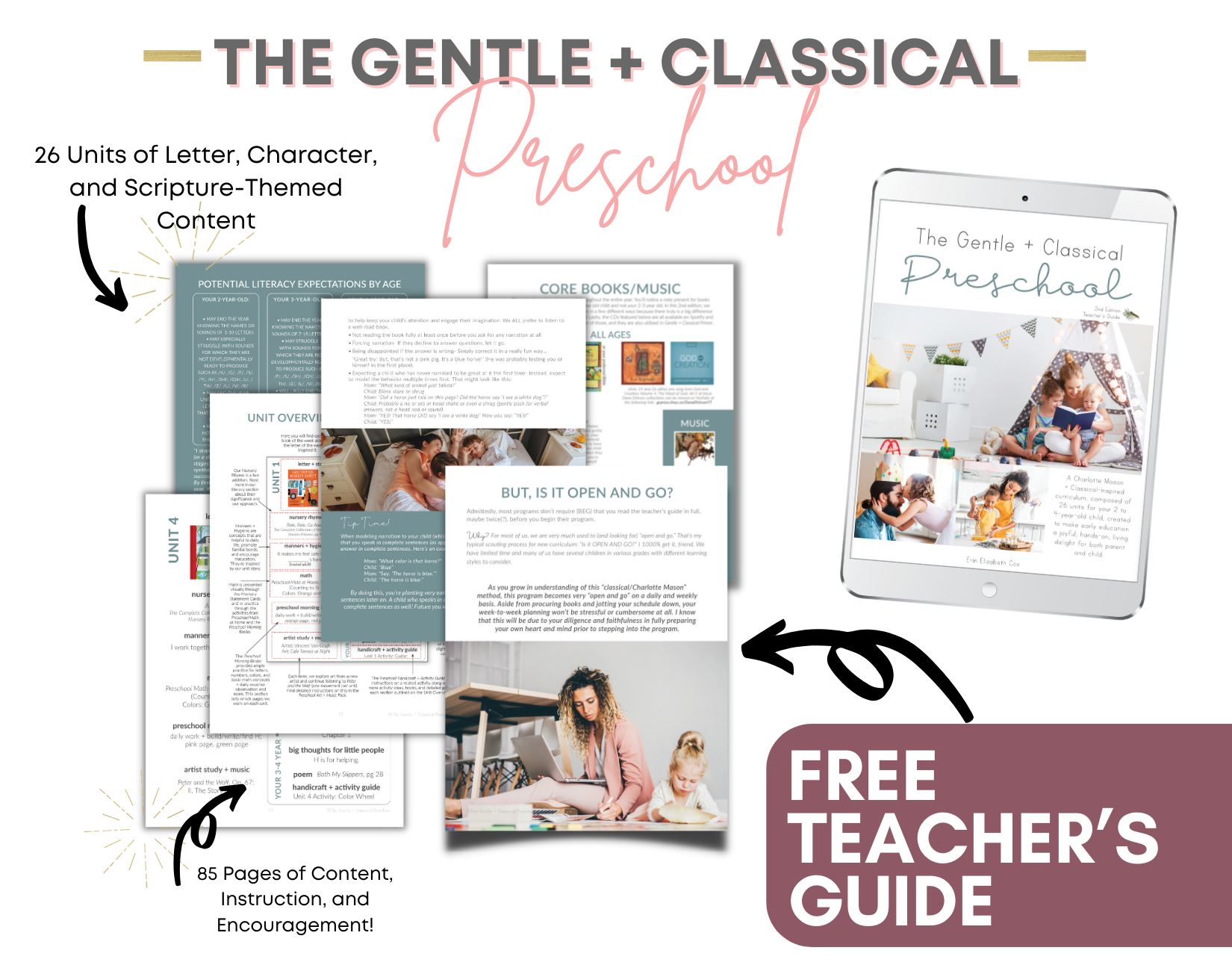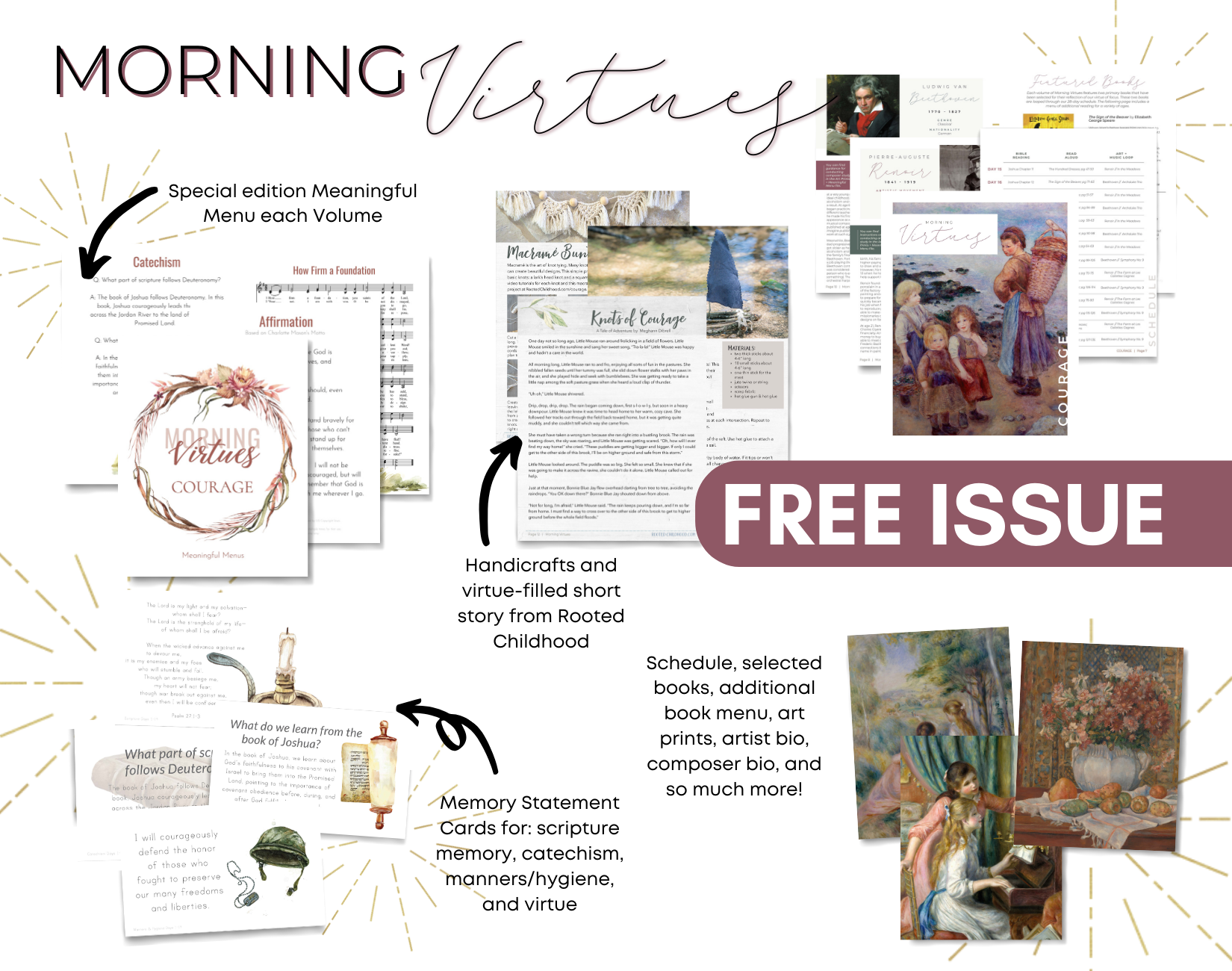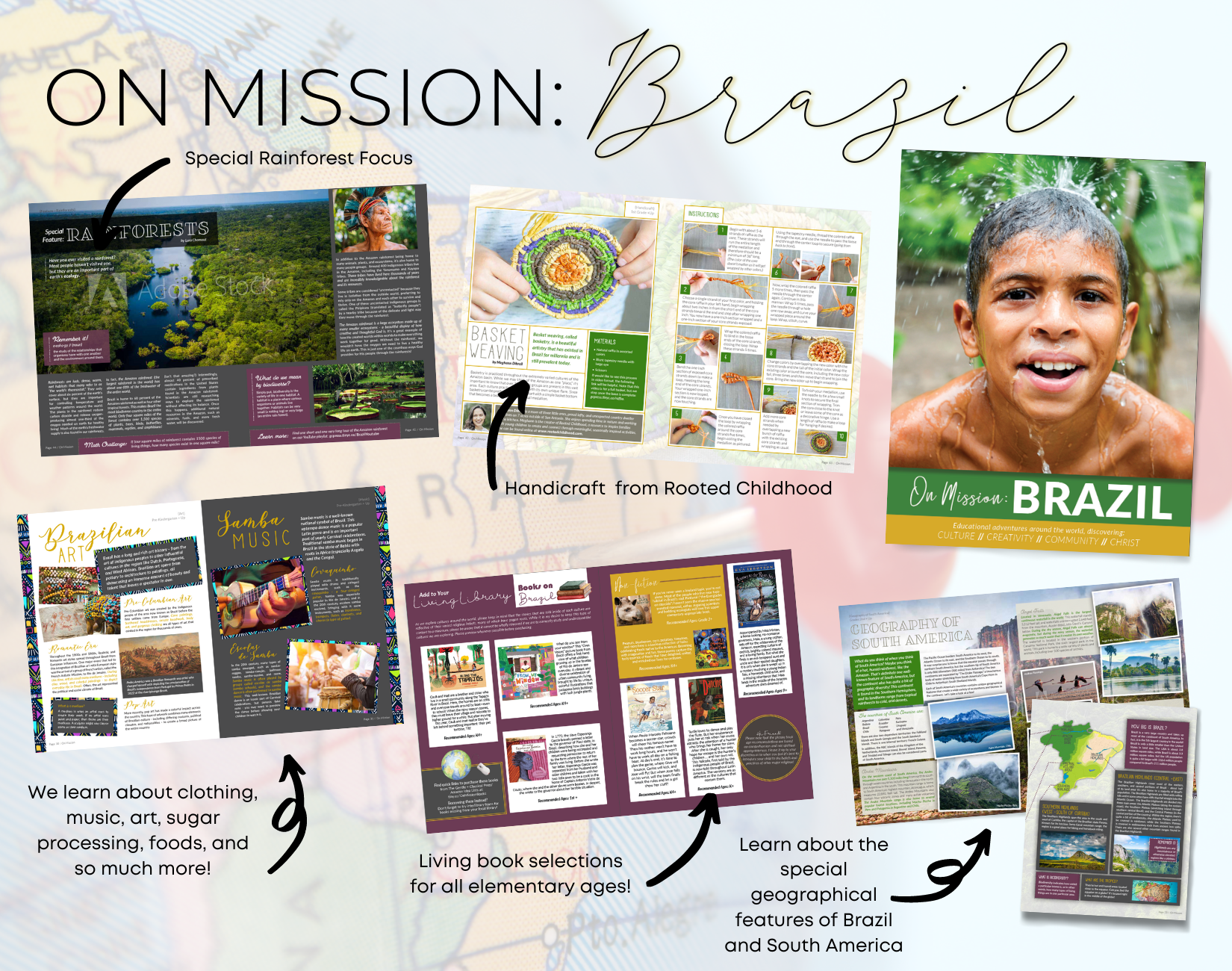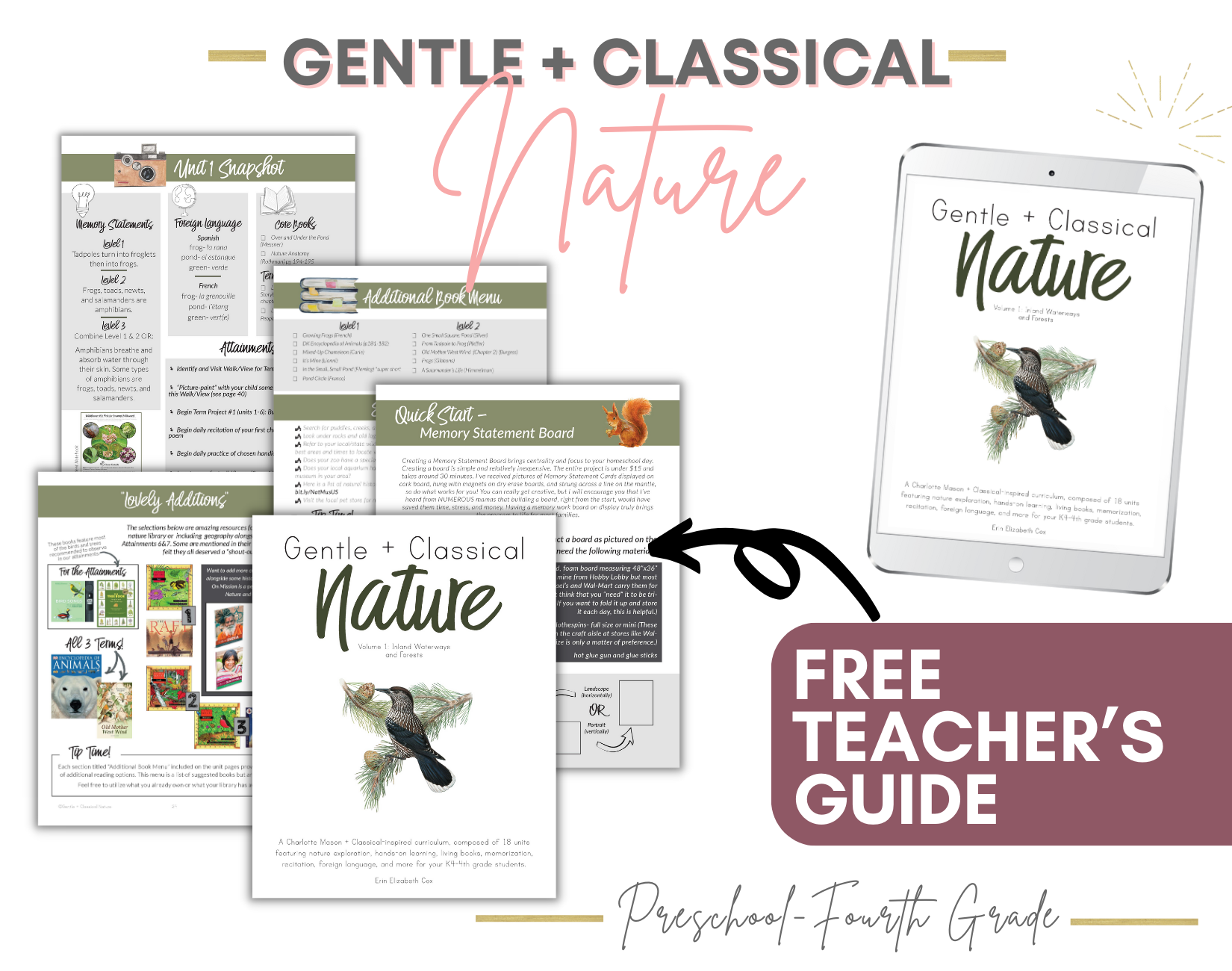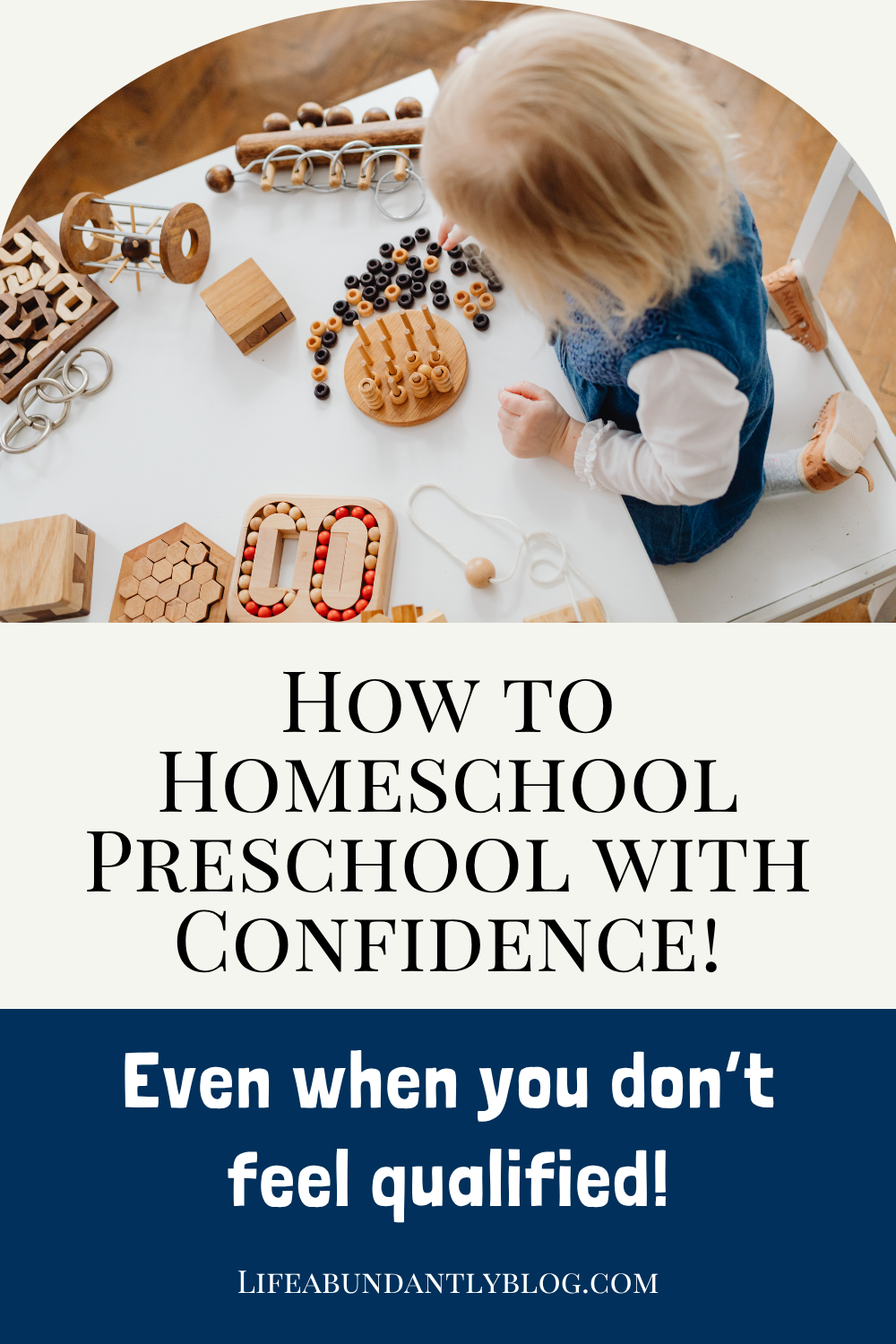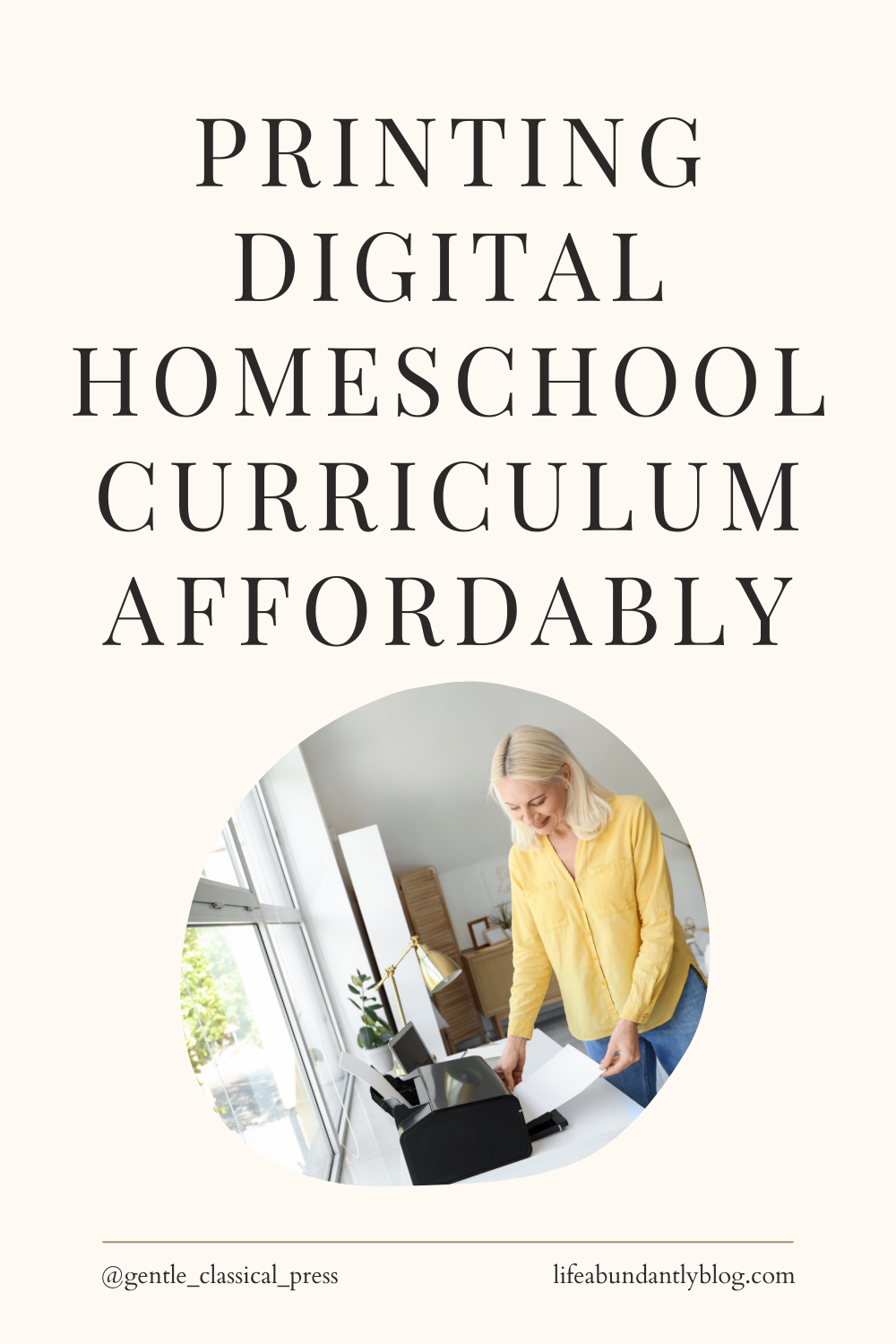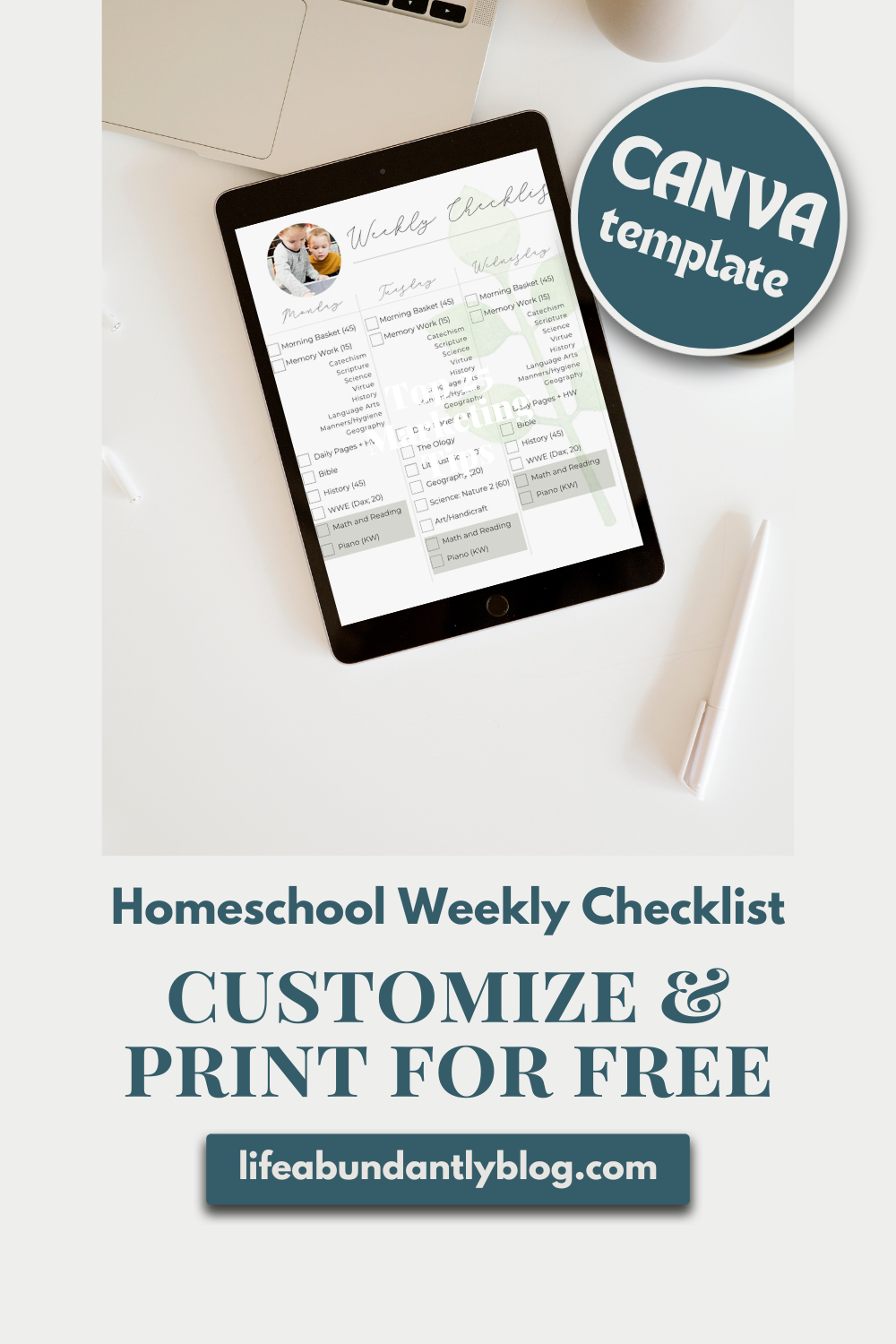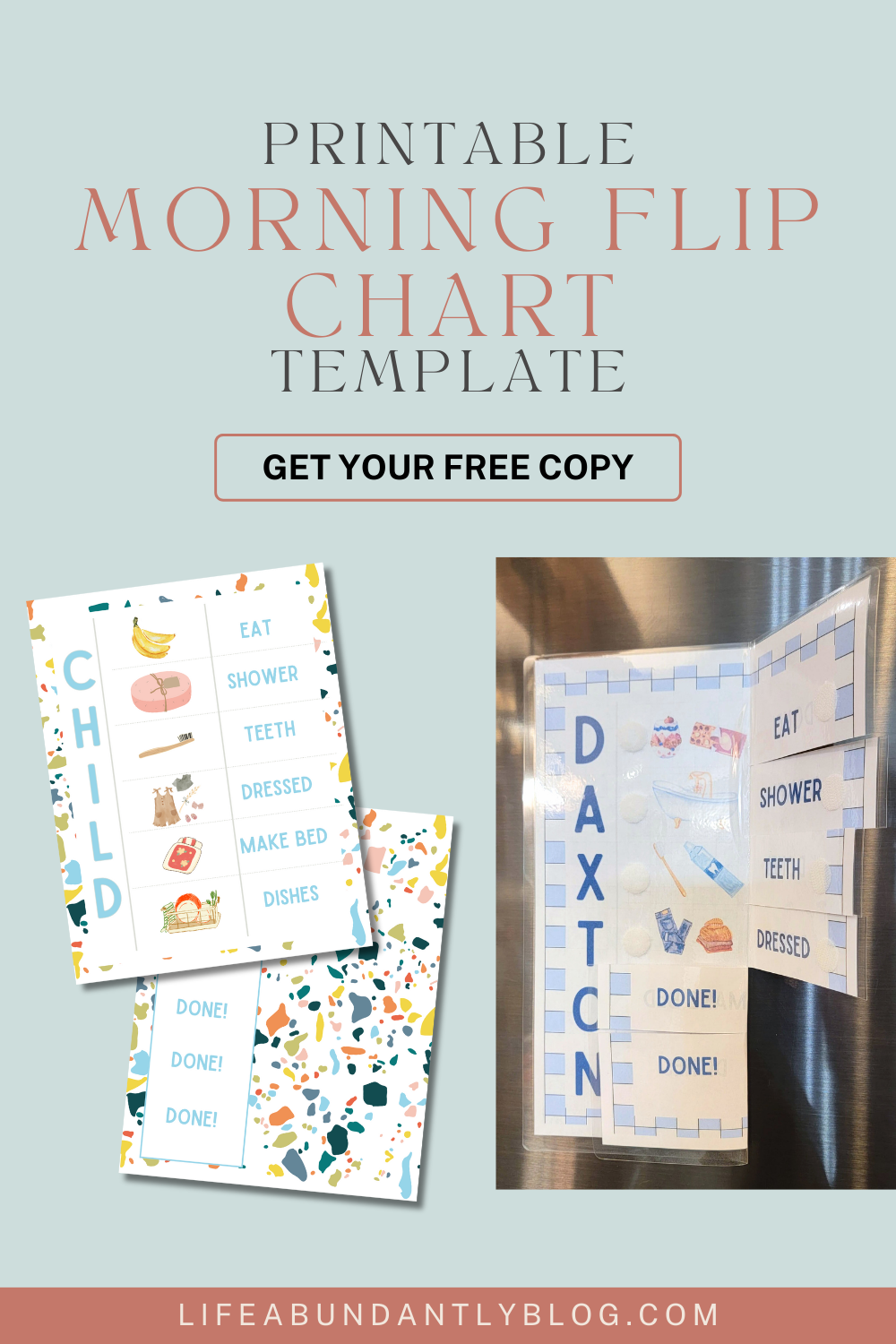What are 3-part cards and how do I use them?
/Over the past few years, Montessori 3-part cards have gained a lot of attention and popularity across the educational world. In fact, we even include them in many of our programs at The Gentle + Classical Press! While they may seem similar to flashcards, they actually are so much more. Montessori 3-part cards are a simple tool at first glance, but they provide a wide variety of practical applications - which are all fully adaptable to how each child learns, thinks, and plays! However, many of us simply might not know how best to utilize this beautiful educational tool in our homeschool. I know when I first saw them online, I was really unclear on what you actually do with them.
What are 3-part cards?
Montessori 3-part cards are traditionally called nomenclature cards but are often referred to as 3-part cards. The idea was pioneered by Maria Montessori, an educational philosopher who believed children should be self-motivated and nurtured in their natural desire for knowledge, understanding, and respect, a philosophy that partners well with both Charlotte Mason and Classical philosophies. The name, nomenclature, however, is essential. Derived from Latin, nomenclature means “assigning of names,” which is exactly what 3-part cards are. These simple cards teach children names for objects, animals, flora and fauna, and so much more in the world around them. The name “3-part cards” is also apt as it refers to the three parts involved.
Traditionally there are three cards - one that has a simple picture, one that has the word only, and a third card that has both the picture and the word (called the control card). These cards are used to increase spoken words and expand vocabulary. They can also be used for spelling, sorting and classifying material, and memory work. So how do we use them, especially within Gentle + Classical curricula? Traditional Montessori lessons with 3-part cards use something called the Three Period Lesson.
You can implement the three-period lesson as follows:
Period 1: Name and Identify the parts - “This is a violin. These are its strings”.
Period 2: Recognition and Association - This is often where you play a game. Or simply ask, “Show me the violin, show me the strings.”
Period 3: Recall - Point to the object and ask what it is.
To learn more in-depth about the 3-period lesson, visit this resource.
Let's take a look at how we can use them for nonreaders (or simply in a new way) with Gentle + Classical curricula.
There are a variety of ways you can use your 3-part cards with pre-readers. Let’s take a quick look at how you could use the 3-part cards within our curriculum!
Sorting: Use your 3-part cards for sorting insects from arachnids while studying nature (and add in some math skills by counting legs when in doubt). You can also use toob animals (especially insects + spiders) to match to the cards as well. This method works across many lessons and units, not only in Gentle + Classical Nature Volume 1 and 2 but in our other curricula as well!
Picture-Painting games: For our youngest children, the idea of describing an entire view or pond can be extremely overwhelming. Using 3-part cards, a child can play a memory game that builds a child’s visual memory muscle. Make two copies of the 3-part cards and play a classical game of memory or goldfish! When playing with art cards you can ask, “Do you have the artist Vemeer?” or, “Do you have a stringed instrument?” and so much more!
Grouping: Another idea is to spread the 3-part artist cards on the table in front of you. Ask the child, “Which pieces belong together? Which don’t belong?” Can your child remember the name of artists or match the artwork to its creator? Can they sort stringed instruments from woodwinds, etc? Utilize 3-part cards to sort “like” instruments and discuss similarities. Don’t be afraid to point out your own observations to your child!
Scavenger Hunt: Use the cards as a scavenger hunt. Hide one set around the house and have the second set with you. Hand your child a card and provide hints for where its match is hidden! Once they find a card, they can draw another and continue until all cards are found.
Montessori 3-Part Cards: Print two of each card. Leave one intact and cut the second copy to separate the word from the picture. Use these as traditional 3-Part cards by matching the intact (control) card with the matching picture and word cards.
Here are a few more ideas!
• If you have early readers, decode the word on the card. (Focus on sounds and letters in the word, letter patterns, etc.)
• If you have pre-readers, identify the letters on the card.
• If you have either, work to match the separate word card strip with the correct picture. Choose to allow the intact card for reference based on reading level.

